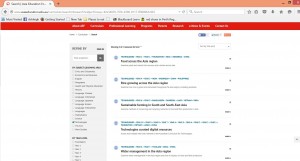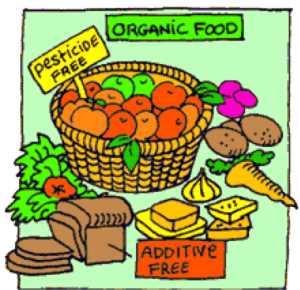Paddock to Plate: Where does my food come from resource
This inquiry based resource to food and fibre production and food technologies allows students to investigate the journey of food production in Australia and all over the world. Students understand where their food comes from, how it is processed via farming contexts and how producers/ consumers respond to and influence each other in supply and demand of today’s growing society. This resource provides teachers with a step-by-step learning outcome and activity booklet, questioning and responding power point package and farm to factory printable flashcards. The final presentation will require students to present their own paddock to pate journey using Prezi, power point or any digital resource. Students then reflect on how sustainable their process was, and discuss how they can create a more sustainable food process.
Target year level: Year 3-4
Learning area: Technologies
Strand: Technologies/Design and technologies
Content Description: Design and Technologies Plan a sequence of production steps when making designed solutions individually and collaboratively (ACTDE018)
English Listen to and contribute to conversations and discussions to share information and ideas and negotiate in collaborative situations (ACELY 1676)
Learning Outcomes:
- Explore the journey of paddock to plate and the food production industry.
- Investigate the role of past and present production and food technologies.
- Learn about the different roles of individuals in the food production industry.
- Develop an understanding of the sequence of production and processing steps.
- Consider the difference between short and long food journeys and different foods.
- Create more sustainable and productive paddock to plate journeys for food items.
Teaching strategies used in resource:
- Think, pair and share
- Class brainstorm
- Class discussion
- Student reflection
- Classroom games (Quiz chef)
Resource includes:
Resource snapshots
Teacher resource booklet
Power point resource snapshot
Flash cards resource
Digital resources to accompany Paddock to Plate resource
- http://splash.abc.net.au/res/teacher_res/3-paddock-plate.html
- http://splash.abc.net.au/home#!/media/106432/vegetable-gardens
You can find the whole resource readily available online here: http://www.primezone.edu.au/item_details.php?item_id=170&item_type=resource&content_list_id=2







